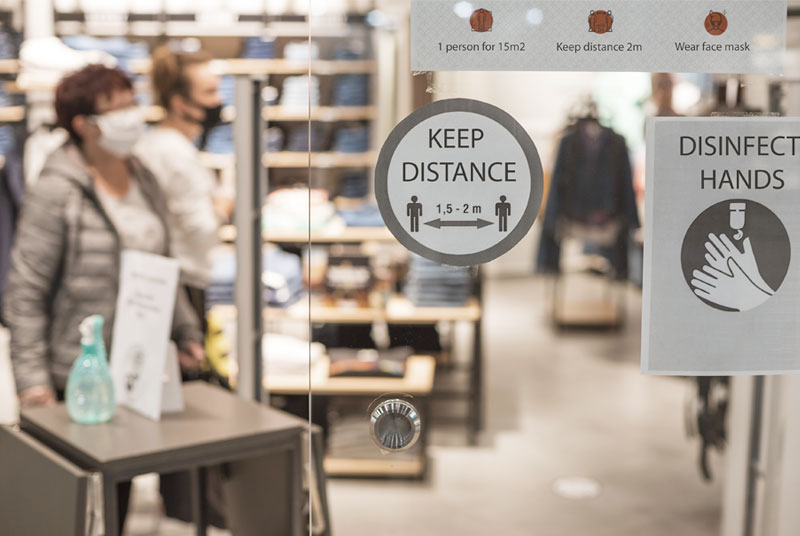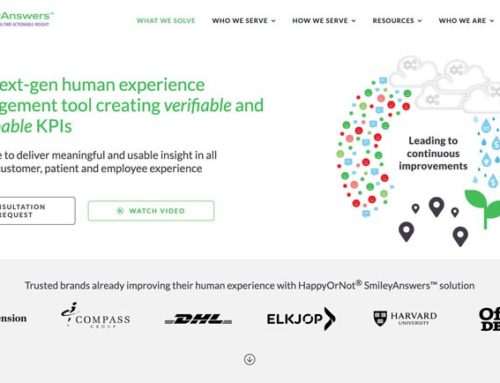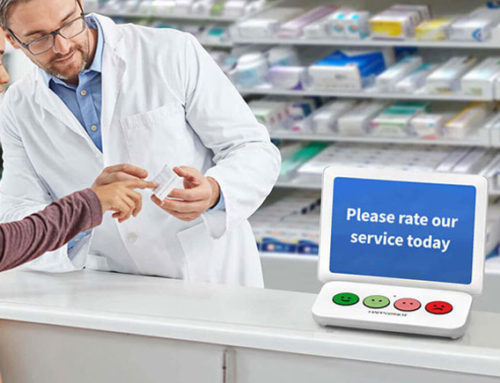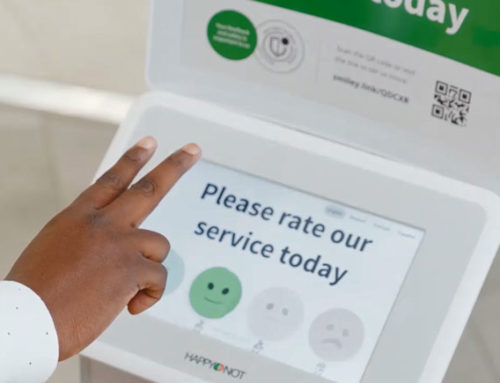As the pandemic continues throughout the world, human expectations, perceptions, and emotions are changing at a faster rate. What a person feels about the world and their personal situation can change quickly with the constant challenges individuals are facing. As an example, in a recent study from Nanyang Technological University, it showed that the fear people developed at the start of the COVID-19 pandemic has since moved to anger. Each person has their own feelings and emotions as well as how they cope and manage their way through this crisis. As an organization, it can be tremendously difficult to understand how people feel without having a system that constantly obtains the voices and feelings of their customers and employees.
The psychological impact of the Covid-19 pandemic varies with each individual. Understanding the range of emotions and impacts are important starting points to improve the human experience of customers and employees. The uncertainty of current life puts extra stress on individuals. Organizations can find ways to make life more certain to improve the human experiences they provide. With the current pandemic, life has and continues to change for most individuals. Understanding these changes can go a long way to provide for less friction between the organization and the people to whom they interact with. Below are some trends as individuals and organizations adapt.
Customers
Individual behaviors in terms of consumption are changing throughout this crisis. Each customer is trying to adapt to their current situation. Below are some trends and ways customers are adapting to obtain the goods and services they need.
- Convenience over cost – As seen with the success of companies specializing in delivery for groceries and restaurants, customers will prioritize convenience over price
- Home based lifestyle – Because of the lockdown and need to be safe, customers are looking for additional and creative ways to enjoy life more at home
- Touchless ways – To stay healthy, customers are looking for touchless solutions as they head out into the public
- Digital over physical – For safety and convenient reasons, customers are moving to digital solutions to obtain the goods and services they need
Employees
Employees are adapting to the current environment in a number of ways. Below are some examples of trends and behaviors from the employee’s/employer’s perspective.
- Health and safety – Each person is looking to keep healthy and safe as they return to work. Wearing masks, social distancing, and contact tracing are new words in the employee experience. Adapting to these changes is taking a lot of energy from employees and employers.
- Importance of culture – Due to the changes at the work place, the work culture for many organizations has changed substantially. Adapting and finding positive cultures are important to employees with their current uncertainties.
- Becoming more human – This pandemic has shown the need to care for others by protecting them wearing masks and social distancing. Employees want experiences that reflect this and not to just improve the employee experience but their life experiences as well.
- Training – Due to quick and constant changes in technology, being trained is an important aspect for employees. Career advancement and self-improvement are important in this time of job insecurity
- Remote Working – To keep employees safe, the move to more remote employees has had a large boost. Adapting to this lifestyle has been a challenge for employees and employers.
Daily Real-Time Insight
As individuals look to adapt to the Covid-19 pandemic, their changing expectations and perceptions make it difficult for organizations to match the needs of customers and employees. Communication in times of uncertainty impacts how organizations can provide the experiences that customers want. Guessing how a person feels is gambling not only the prospects of the organization, but the impact of the human experience of both customers and employees. By obtaining daily real-time insight, organizations will be on top of changing perceptions. It is the difference of being proactive versus chasing and reacting to customer changes.
Wrapping it up
How an organization communicates with and understands the needs of both their customers and employees is vital now and will continue to be going forward. The pandemic has changed behaviors and perceptions both on a temporary and permanent basis. Organizations need to put energy into understanding what the needs of people are in the moment because that perception can change instantly. Capturing the voice of individuals allows organizations to flip negative experiences to positive ones. Examples can include:
- Turning uncertainty into certainty
- Removing isolation and changing it into socializing and community
- Becoming more curious versus being more fearful
- Changing Anger into Enjoyment
- Taking a divided organization and making it united
The technology is available today for organizations to obtain daily real-time feedback to understand when, where, and why a person is feeling a particular negative emotion. By analyzing the data of these approach or avoid emotions in real-time, along with understanding patterns that are developing, quick improvements can be made at hidden pain points.
How do your customers and employees feel TODAY?
SmileyAnswers
SmileyAnswers is the leading reseller of the HappyOrNot® Reporting System within the United States, Canada, and the U.K. HappyOrNot® has over 1.5 billion feedbacks to date and is a leader in capturing the real-time insight of customers, patients, and employees. With the recent addition of the Smiley Link and Smiley Digital, SmileyAnswers is in the unique position to capture a whole journey Live by using the Smiley’s for both digital and physical touchpoints. Organizations can “listen” to how people feel at all the important touchpoints. After capturing real-time feedback at these touchpoints, organizations can then “learn” what and where the hidden pain points are to make immediate positive changes. Finally, successes can be shared with Live Sharing, Social Sharing, digital boards, social media, email, power points, and more. This process can be repeated daily throughout the year to constantly improve human experiences.




